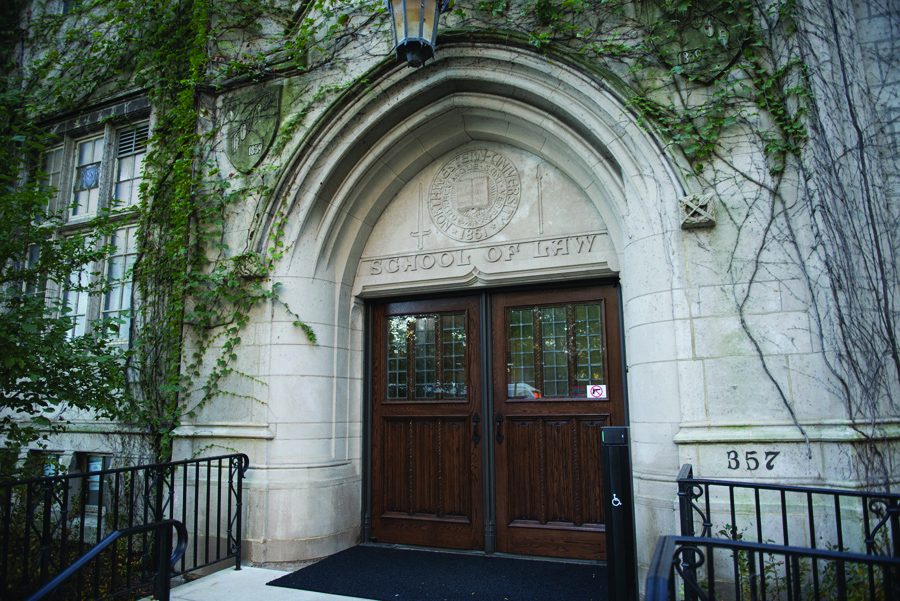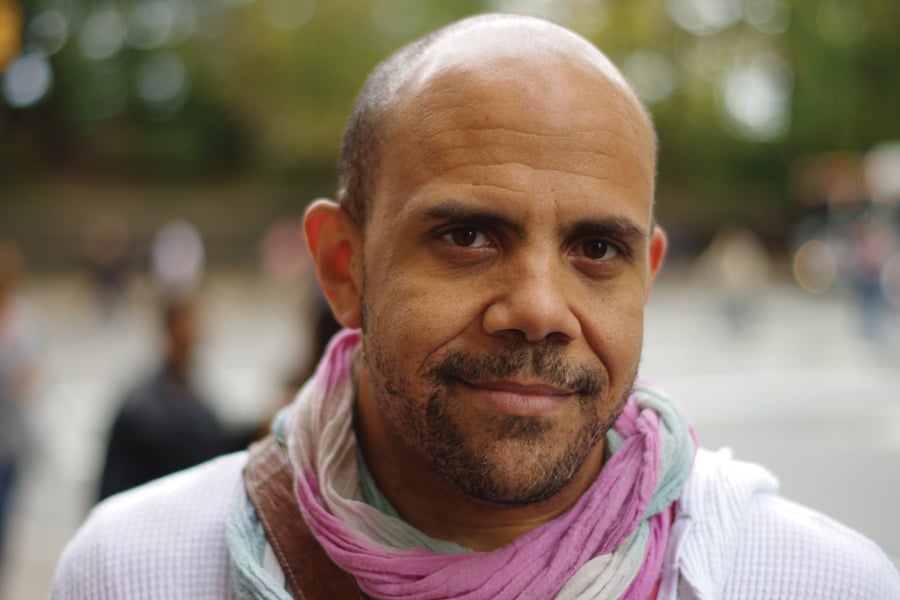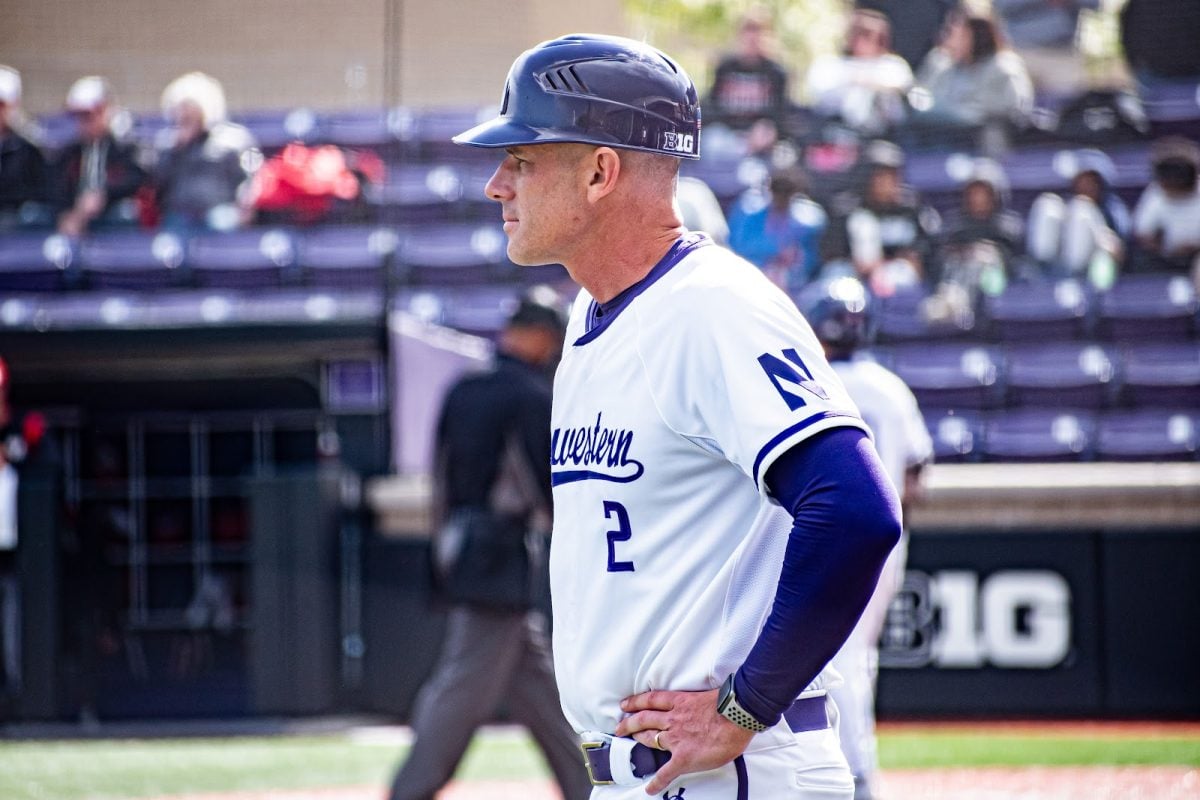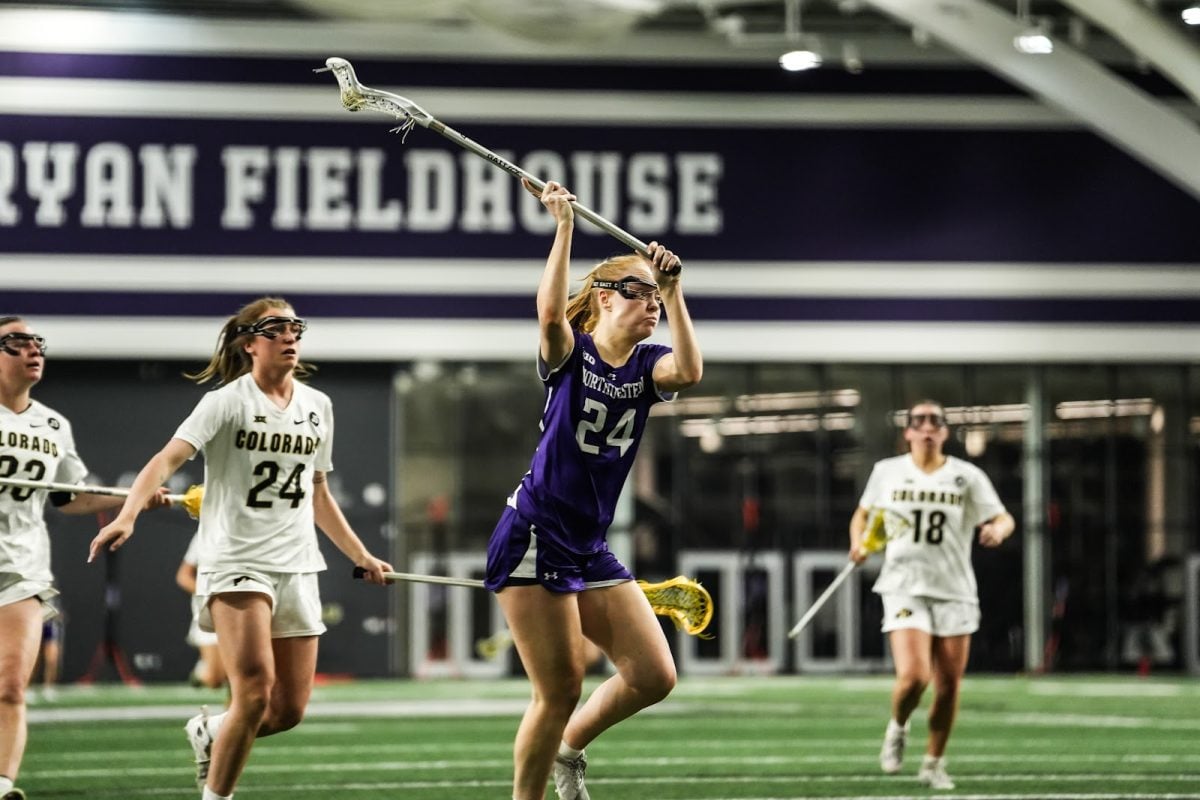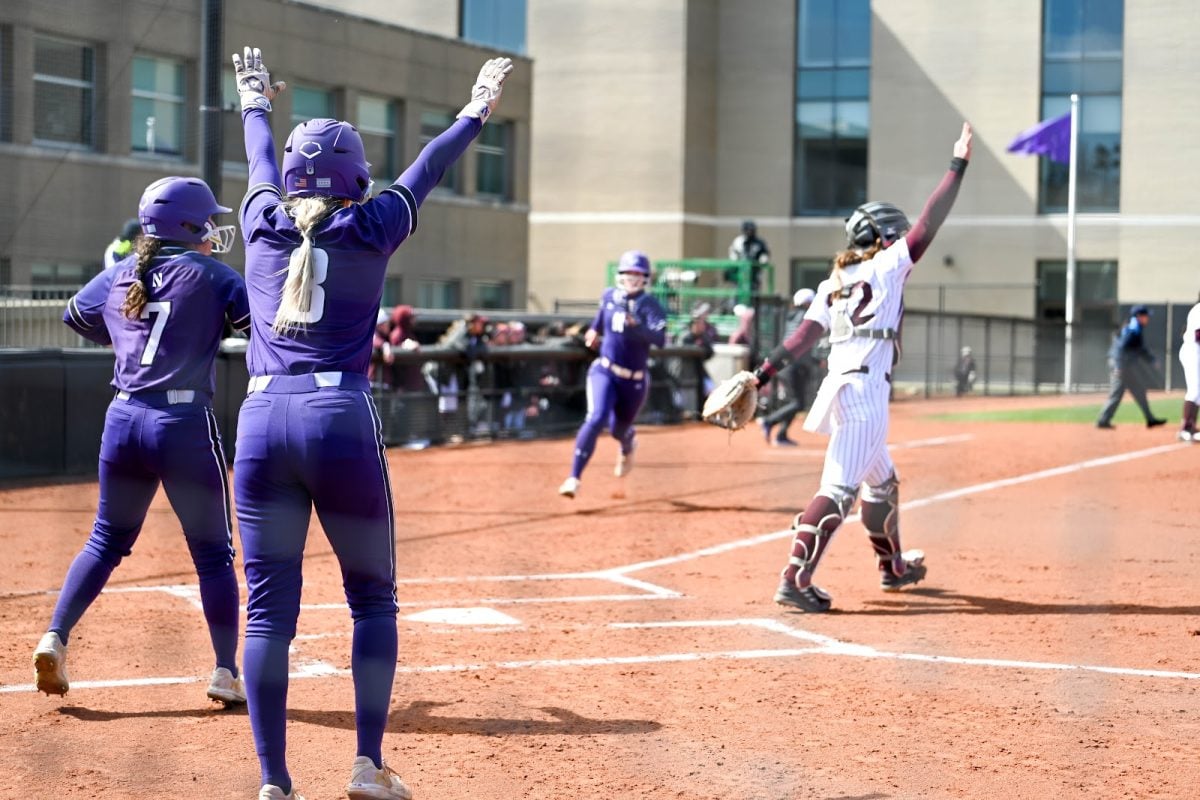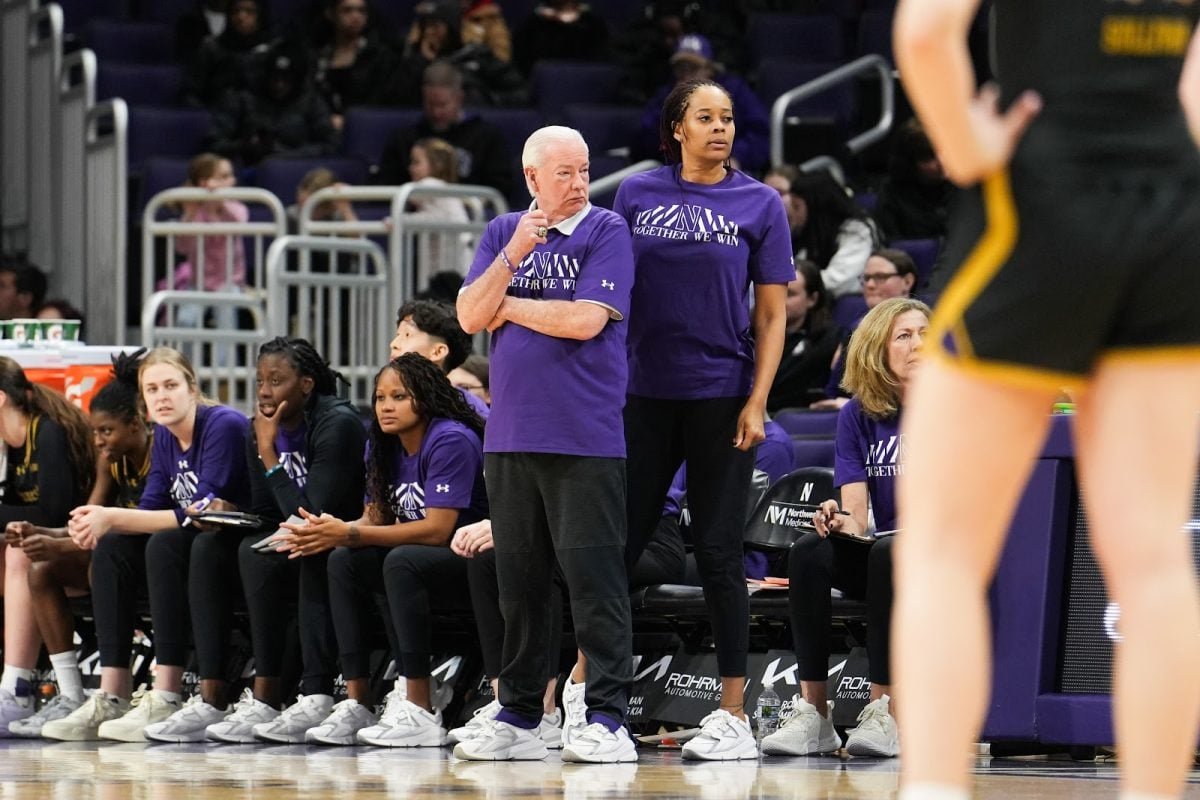The Course and Teacher Evaluation Council (CTEC) is partnering with other campus groups to pilot changes to course rating forms and the CAESAR layout to provide more comprehensive and beneficial evaluations to students and faculty.
The pilot program started about a year and a half ago due to complaints about the outdated system and a lack of clarity in students’ responses, said assistant registrar Alison Phillips, the head of CTEC. Phillips said the committee, along with the Office of the Provost’s Assessment and Accreditation Council and the Searle Center for Advancing Learning and Teaching, decided to make changes to the questions posed to students when filling out the evaluations to include more learning-based rather than teacher-based assessments.
“The pilot questions are really focused on learning objectives and learning outcomes,” Phillips said. “The pilot questions currently being used are questions trying to align the learning objectives of the instructor and see if those were achieved in the class.”
The committee has distributed these pilot questions to differently sized classes in a variety of schools over the past few quarters, Phillips said. Professors teaching classes that were testing the pilot program were requested to clearly lay out class objectives, so students could keep those goals in mind while filling out evaluations.
Susanna Calkins, associate director of Searle Center for Advancing Learning and Teaching, said she has been working with CTEC to analyze the data from these past pilot classes and obtain more feedback from students and faculty.
Those working on the committee are also attempting to make small changes to the CAESAR interface to encourage students to give more qualitative answers. Changes include refining the layout and adding each class’ objectives to the top of the evaluations so students have the ability to refer to these when answering the questions.
“Part of the pilot is improving the current infrastructure of CTEC system,” Phillips said. “So we’re looking at ways of improving the actual format so it looks and feels a little more modern and up to date.”
Phillips also said the format of the evaluation forms may change to incorporate open-ended components into questions that ask students to rank the quality of different parts of the class.
There is another pilot program occurring this winter quarter. Phillips said she and other committee members are working on having roundtable discussions and meetings with faculty and students to receive more feedback about the evaluation format to determine the next steps.
Sofia Sami, Associated Student Government vice president of academics and a member of CTEC, said she has been responsible for giving feedback to the committee and is taking part in the roundtables in the coming weeks.
“There are parts of CTECs people still like,” the Weinberg senior said. “You can get an idea of what’s working, what can improve.”
CTECs were originally created as teacher evaluation tools, Sami said, and after being made public as part of an ASG initiative several years ago, the evaluation format has not been changed very much.
Committee members said they are unsure on the timeframe for distributing the new CTEC questions university-wide, but the results have been positive and more transparent thus far. After looking at the analysis for the recent pilot program, Calkins said what the teacher currently excels in and needs to improve on is easier to decipher.
“I think the instructors are going to be happy,” Calkins said. “I think its going to be helpful for them to see this in a more clear way.”
Email: rebeccasavransky2015@u.northwestern.edu
Twitter: @beccasavransky


